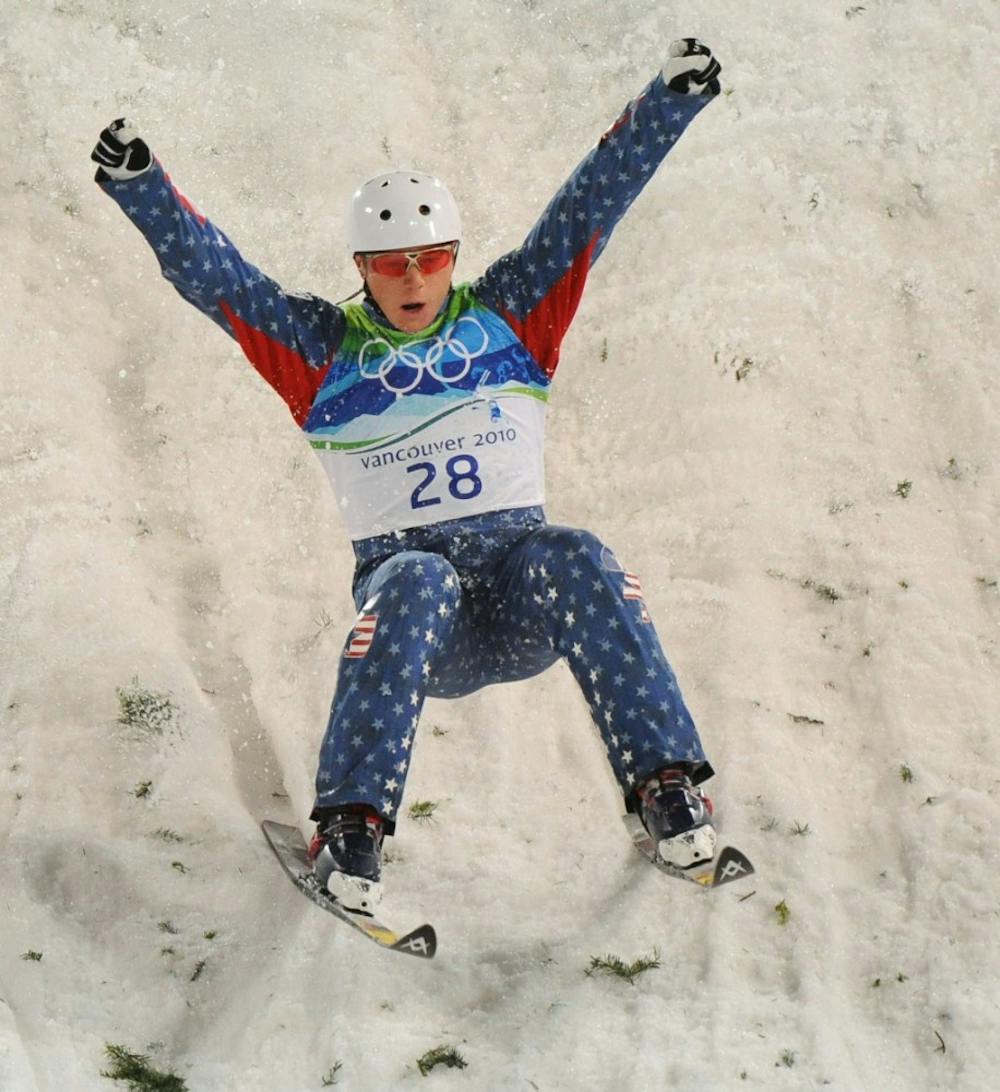Last week, we profiled the three Winter Olympic sliding sports – bobsled, luge and skeleton.
Now, it’s off to the slopes for a look at freestyle skiing. Just what is freestyle skiing, you may ask? For starters, it’s not like downhill skiing, which is based on time and speed. Freestyle skiing winners are determined either by a judge or head-to-head competition. There are 10 total freestyle skiing events at the Olympic games, five per gender. They are aerials, moguls, ski cross, ski halfpipe and ski slopestyle. The last two are new for the 2014 games.
Aerials, which debuted at the 1994 winter games, features competitors launching themselves off of large snow-built ramps. The competitor skis down a hill without poles, but unlike ski jumping, they are on a less-controlled course. When launched off of the top of the ramp, the competitor attempts to perform tricks on which they are judged.
Moguls are a sport in which the competitor stands at the top of a hill covered in mounds of snow. The hill contains small ramps as well, from which the competitors launch themselves and perform tricks. Moguls have a time element to them, as the winner is determined by a combination score of time and the scores of the judges. This unique combination requires quickness, creativity, and ability to perform tricks.
Ski cross, which debuted in 2010, is a ski version of snowboard cross. The event begins with competitors on an individual time trial down a snowy course with elevation changes, bumps and banked turns. The fastest qualifiers are seeded into groups of four skiers, in which they ski off until four competitors remain. The first-place finisher in the final group of four is the gold medalist. Skicross features bumping, banging and excitement not seen in traditional downhill skiing.
Ski halfpipe is a new sport for 2014. Another discipline essentially copied from snowboarding, ski halfpipe is the ski version of the extremely popular snowboard halfpipe event. Competitors drop in from the top of the pipe and perform tricks as they descend down. The judges score the competitors and a winner is selected.
The last discipline is ski slopestyle, which involves a competitor making his or her way down a snow-covered hill with obstacles. Obstacles include snow mounds and snowy ramps along with artificial obstacles such as rails and ramps. A longtime staple in the X Games, ski cross represents another shift in Olympic sports to the modern, extreme side.
The United States is always a competitor in freestyle skiing, winning four medals in Vancouver. With new disciplines being added for this Olympic cycle, the United States should continue to be a force in this sport.
The 2014 Winter Olympic Games are less than a month away. Next week, we’ll take a look at the various events that make up Olympic speed skating.


